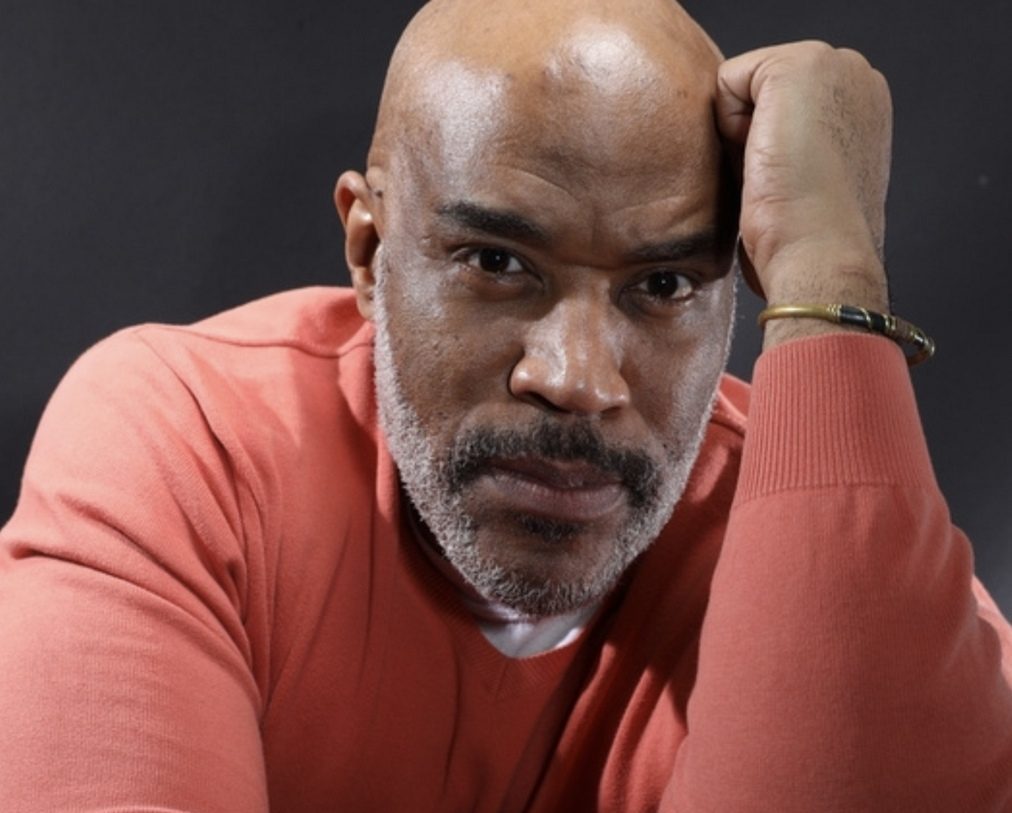[ad_1]
By Sean Yoes
AFRO Baltimore Editor
[email protected]
In Wilmington, N.C. recently it was revealed some White members of the Wilmington Police Department are just itching for America’s mythical race war — much ballyhooed by some for decades — to begin.
“We are just going to go out and just start slaughtering them f—ing ni—-s,” said Officer Kevin Piner in a video recording retrieved from his police car. “I can’t wait. God I can’t wait,” added Piner who allegedly said he was going to buy a new assault rifle in preparation for when it is time to, “wipe them off the f—ing map. That’ll put them back about four or five generations,” he said.
Piner, along with his colleagues Officer James Gilmore and Cpl. Jesse Moore II, were all fired after the virulently racist recordings were unearthed. The firings happened on new Police Chief Donny Williams’ first day on the job. He is the first Black police chief in Wilmington’s history.
Welcome aboard Chief.
Piner’s reference to being able to, “put them back about four or five generations,” may have been more than just racist blather. Perhaps it was informed by the history of Wilmington itself.

On November 10, 1898, what is known by some as “the Wilmington Insurrection,” took place. Others call it “the Wilmington Massacre.”
On that day, North Carolina’s White Southern Democrats organized and led a mob of about 2,000 White men to overthrow the legitimately elected local government established in the wake of the Civil War. Under that Reconstruction Era government some Blacks shared political power with Whites and many Black businesses thrived in Wilmington, which was a majority Black city prior to the Civil War. But, not only did the White mob orchestrate a successful coup d’etat of Wilmington’s Democratically elected government, they also burned Black homes and businesses, including the town’s only Black newspaper to the ground. Up to 300 people, many of them Black were murdered. It was the bloody, violent culmination of what was referred to in Wilmington as the “White supremacy campaign.”
As devastating as the Wilmington Massacre was to the city’s Black community for generations, it was just one of a myriad of racist attacks designed to suppress and/or destroy burgeoning Black excellence in the 19th and early 20th century.
However, one of the most enduring and effective institutions of systemic American racism is the nation’s network of law enforcement agencies in place today.
The klan mentality has been a part of policing (historically rooted in the practice of slave catching) in America since the very beginning and it persists in 2020; the embodiment of that toxic mentality exhibited in those three White Wilmington race warriors disguised as police officers.
Of course they aren’t the only ones, far from it.
A few months ago, I reported on a man who was an officer in the Maryland Ku Klux Klan and an officer of the Baltimore Police Department. Again, I’m sure there are others. However, you don’t have to be an official member of a hate group in order to carry out their mission when you are a member of law enforcement. Klan members and racist cops share a common agenda.
It is not hyperbole to say there are thousands of White police officers (and some Black officers to keep it 100) in this country who are willing and able to wield two drastically inequitable versions of law enforcement: one, for White people and the other for Black people and other people of color. The result of racist law enforcement is often violence and murder perpetrated against men and women of color.
The evidence of the incessant presence of these dangerous klan cops over the generations is overwhelming; the murder of George Floyd brought the country to the tipping point.
Many argue we have the equivalent of a junior klansmen in the White House. However, the American people have the opportunity to remove him in November, if he doesn’t decide to quit before then (I predict he will).
Yet, the task of scrubbing klan cops from the nation’s police departments feels like a decidedly more arduous task.
Sean Yoes is the AFRO’s Baltimore editor and the author of Baltimore After Freddie Gray: Real Stories From One of America’s Great Imperiled Cities.
[ad_2]
Source link

